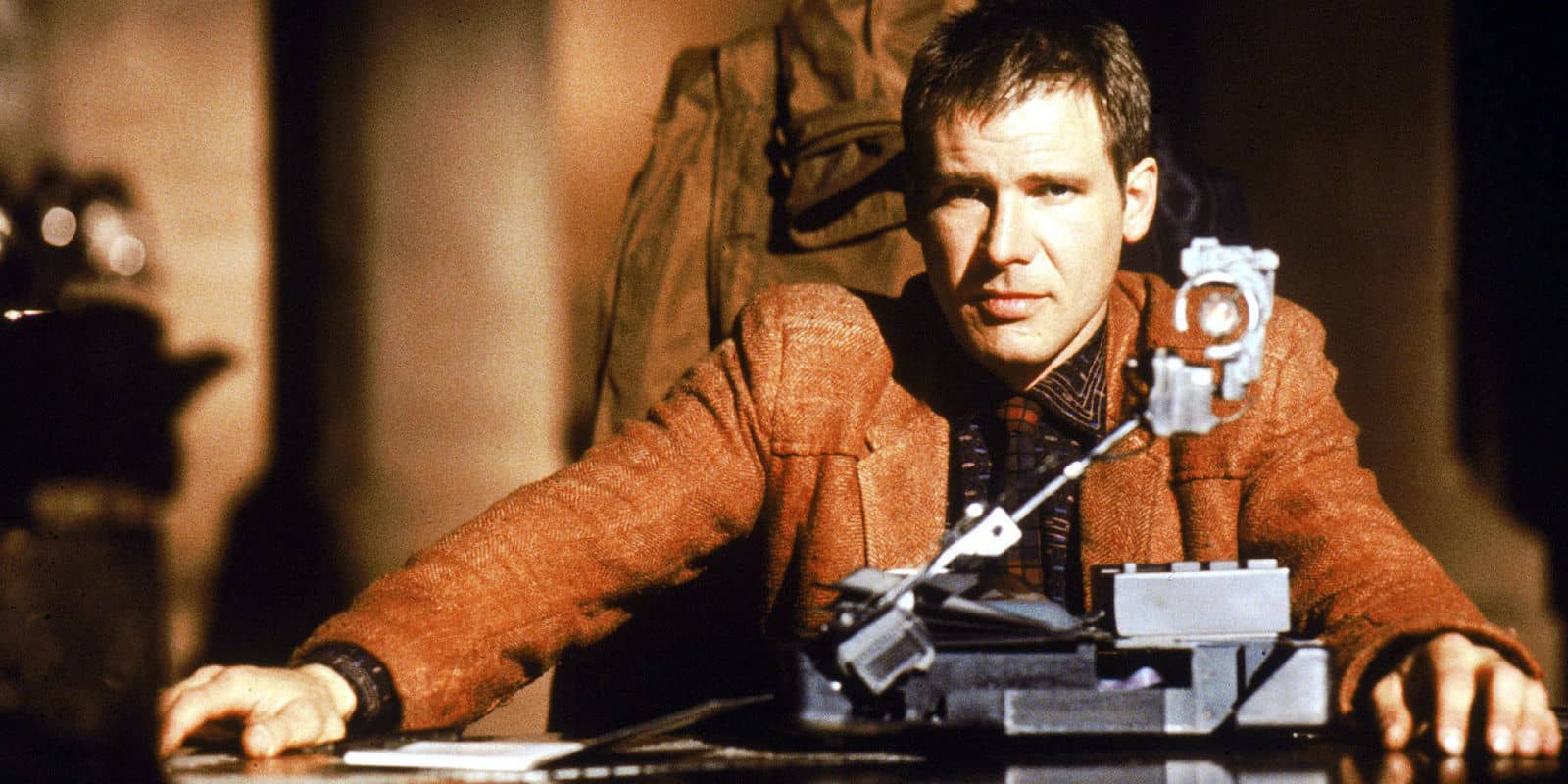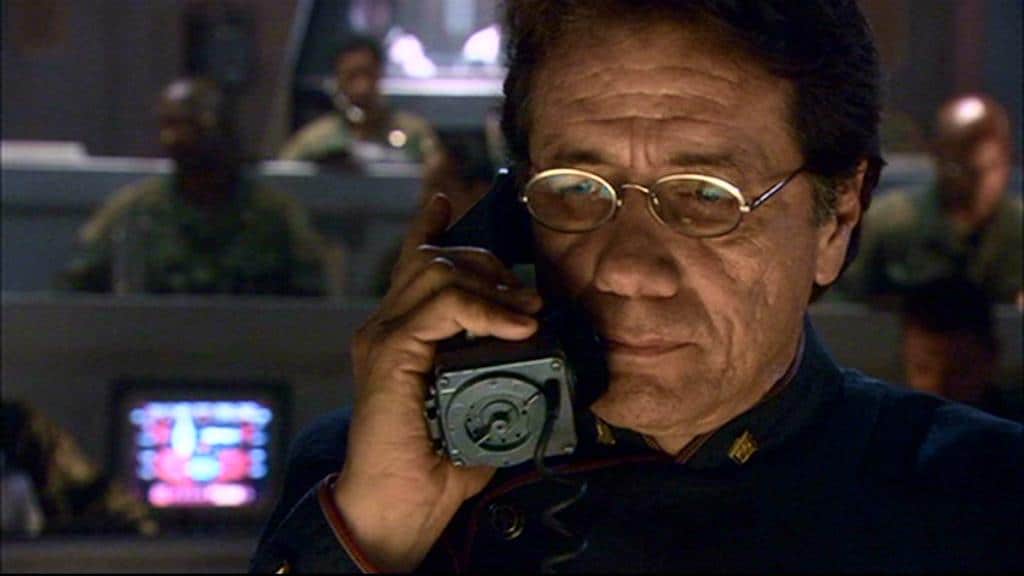The reimagining of Glen A. Larson’s Battlestar Galactica in the 2000s introduced many new elements to the story, including a trope taken from another classic tale that pits man against technology. Ronald D. Moore’s remake of the sci-fi television series went beyond popularizing the franchise to cement its legacy as an iconic cult classic that rejuvenated the sci-fi genre. While the reimagined series has rich original moments inspired by the contemporary fight against terrorism, some elements were borrowed from existing franchises.
The origin of Battlestar Galactica’s ideas has been questioned right from its inception. After the original series debuted on ABC in September 1978, 20th Century Fox dragged Universal Studios to court, alleging that the Larson-created shows stole at least 34 concepts from Star Wars. Although it was never determined that Battlestar Galactica was a copyright Infringement, the notion that the franchise is a mockbuster persists as hardcore sci-fi fans continue to link the franchise to other popular media in the genre.
The Term BSG Stole From Blade Runner

In Moore’s Battlestar Galactica, the Cylons, a race of robots at war with the human race are reimagined as humanoids. This lends credence to their infiltration into society and the Galactica battleship crew as revealed in the season 3 finale. The decline of the human race and the Cylons’ determination to wipe out the remnants of humanity earned the man-made Cylon androids a derogatory name—”skinjobs” — in Battlestar Galactica. While the name seems to perfectly capture mankind’s bitterness towards the android race it created, the origin of the term has been traced to Ridley Scott’s 1982 sci-fi classic, Blade Runner.
Set in a dystopian Los Angeles in 2019, the premise of Blade Runner revolves around artificial humans known as Replicants. It follows a blade runner as he hunts four of these bioengineered humanoids on Earth. Like Battlestar Galactica’s Cylons, it is hard to tell Replicants apart from humans; and throughout the movie, they are referred to as “skinners” or skinjobs”, a term that reflects humanity’s wariness and spite for the man-like creatures.
How Edward James Olmos Is Likely To Blame For “Skinjobs” in Battlestar Galactica

In Blade Runner, American actor Edward James Olmos played Gaff. Given that he also stars in Battlestar Galactica as William Adama, the commanding officer of the show’s eponymous space battleship, it is not hard to imagine how “skinjobs” made its way to Moore’s series. Battlestar Galactica’s use of the slur was ideally regarded as a cheerful homage to Ridley Scott’s film adaptation of Philip K. Dick’s 1968 novel, “Do Androids Dream of Electric Sheep?” But then, the BSG franchise laid claim to the term in Caprica, a spin-off prequel to the reimagined Battlestar Galactica series.
Caprica explores how mankind created the Cylons. While at it, the series legitimized “skinjobs” with a narrative that seemingly suggests the term originated and belongs to the franchise. The nested story in question relates that Zoe Graystone, the daughter of computer engineer Daniel Graystone and Doctor Amanda Graystone, who coined the term to describe her parents’ quests to resurrect her after she was killed in a blast. Zoe had made a conscious digital avatar of herself before her death. When she learned her parents intend to download her consciousness into the Cylon’s artificial body, she describes it as a “skin job”. This was in reference to her mother who’s a renowned plastic surgeon. Despite the questions around its origins, the term “skinjobs” does great work of connecting two iconic franchises — Battlestar Galactica and Blade Runner.
 Follow Us
Follow Us





